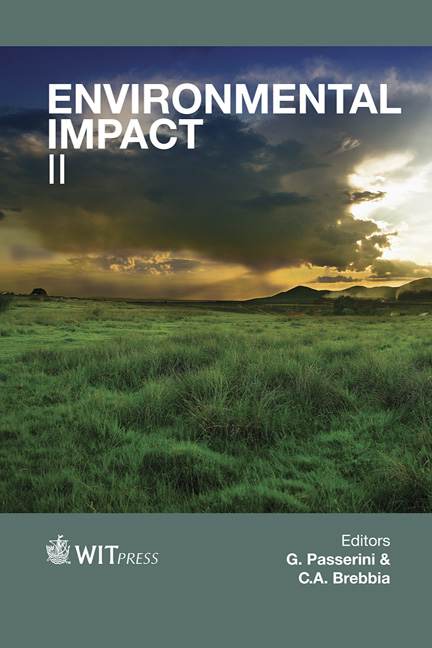Optimization Of Anaerobic Digestion Of Sludge To Produce Volatile Fatty Acids
Price
Free (open access)
Transaction
Volume
181
Pages
7
Page Range
237 - 243
Published
2014
Size
397 kb
Paper DOI
10.2495/EID140201
Copyright
WIT Press
Author(s)
A. F. A. Rahim, S. R. M. Kutty & A. Malakahmad
Abstract
Sludge is a waste formed during treatment of wastewater. In Malaysia, Indah Water Consortium (IWK) has been responsible for providing sewerage services, operating and maintaining over 5,834 public sewage treatment plants and 15,645 km networks of sewerage pipelines since April 1994. IWK generates 3.2 million cubic meters of domestic sludge yearly and the amount is expected to increase due to the increment of population and urbanization. Due to the unpredicted price of diesel in the world market, the world is searching for alternative, cheap and renewable energy resources that promise no environmental impact like biodiesel, bioethanol and biogas derived from renewable biomass. Sludge digestions produce volatile fatty acid (VFAs) which are essential in the production of biodiesel. Therefore, optimization of the anaerobic sludge digestion is needed to fulfil the demand. The objective of this study is to optimize the anaerobic sludge digestion for the production of volatile fatty acids. The digestion of sludge was carried out using an anaerobic sludge digester. The production of the volatile fatty acids was optimized by varying the cycle period of the digestion process and maintaining the concentration of MLSS to 8000 mg/L for each cycle. The highest production of volatile fatty acids was obtained using five days of cycle period which is 441 mg/L as acetic acid (HOAC). Keywords: volatile fatty acids, anaerobic digestion, sludge.
Keywords
volatile fatty acids, anaerobic digestion, sludge.





